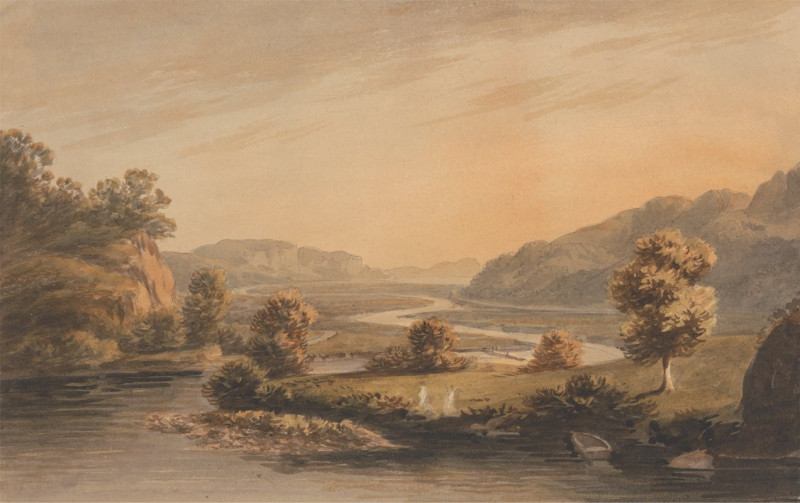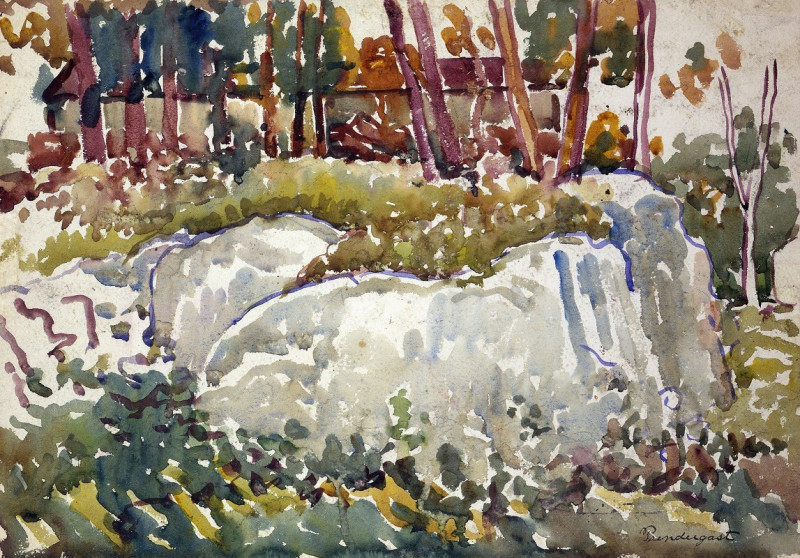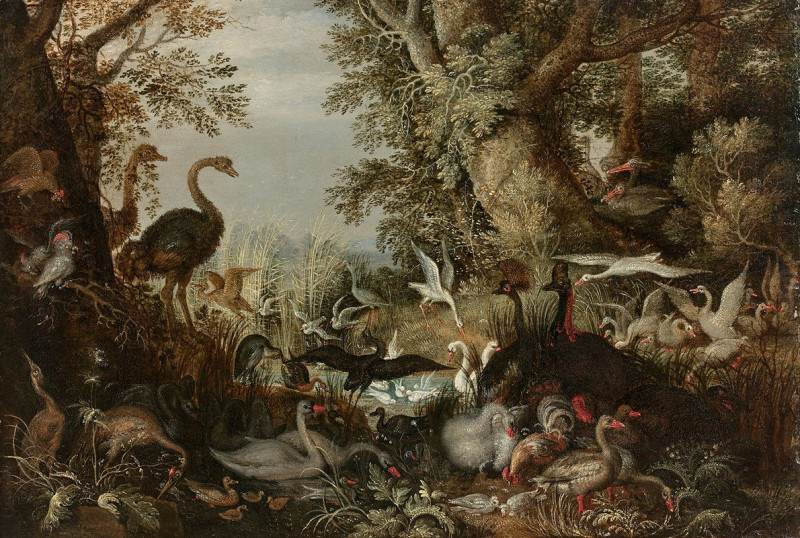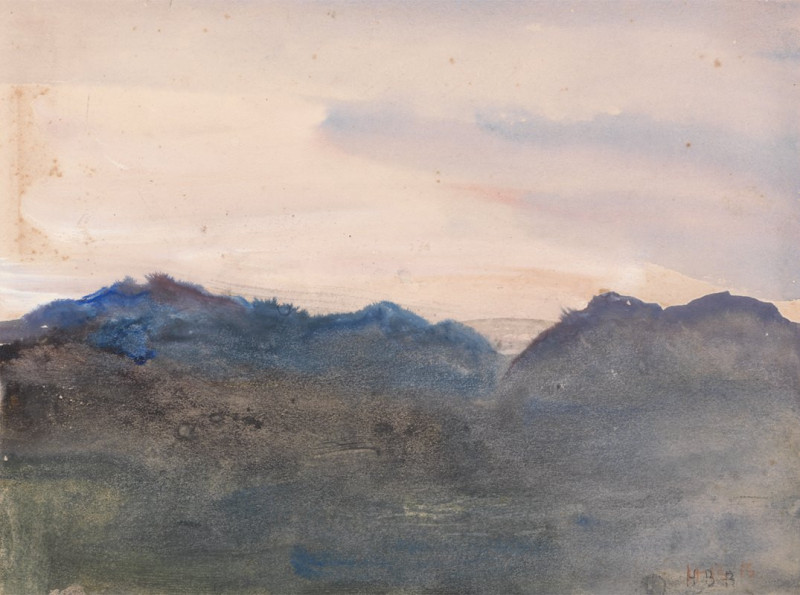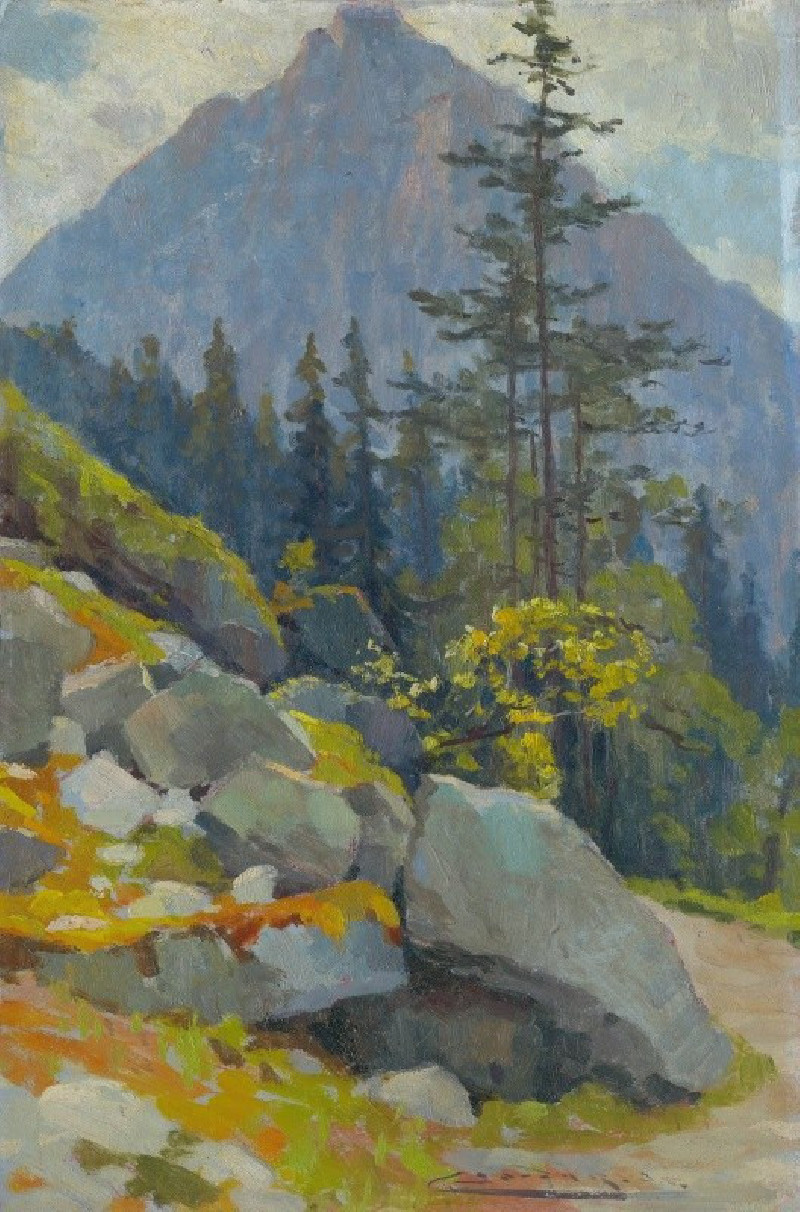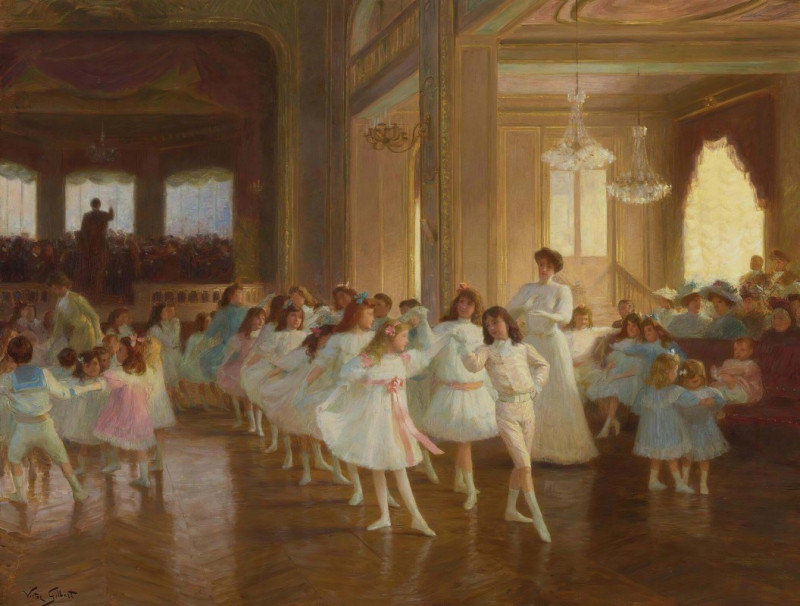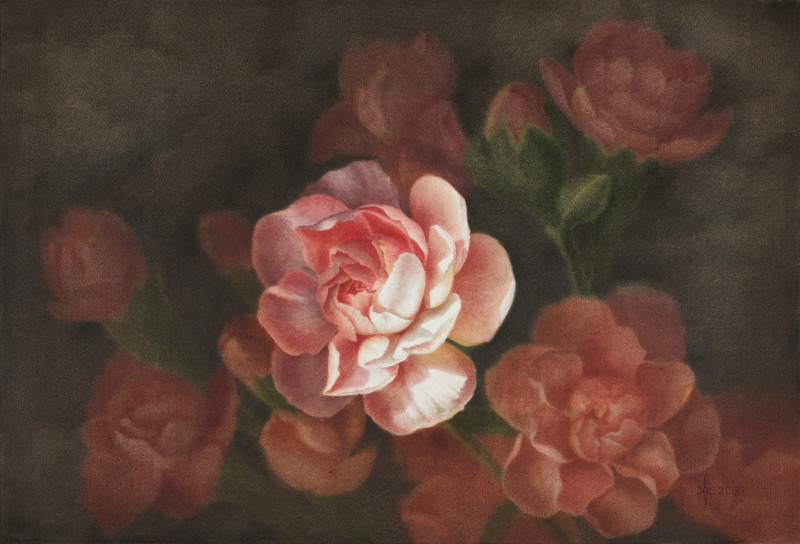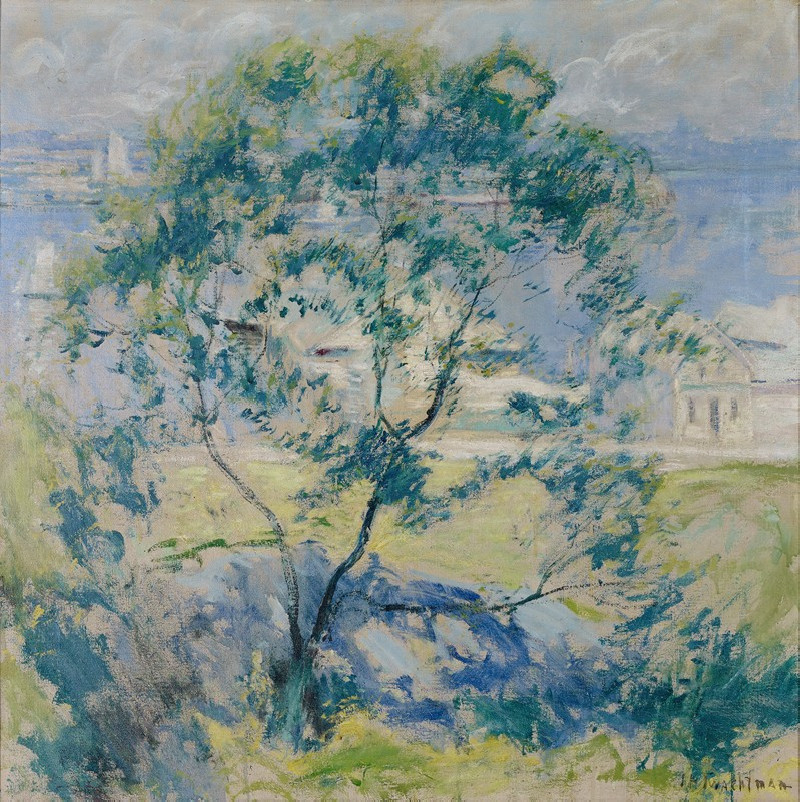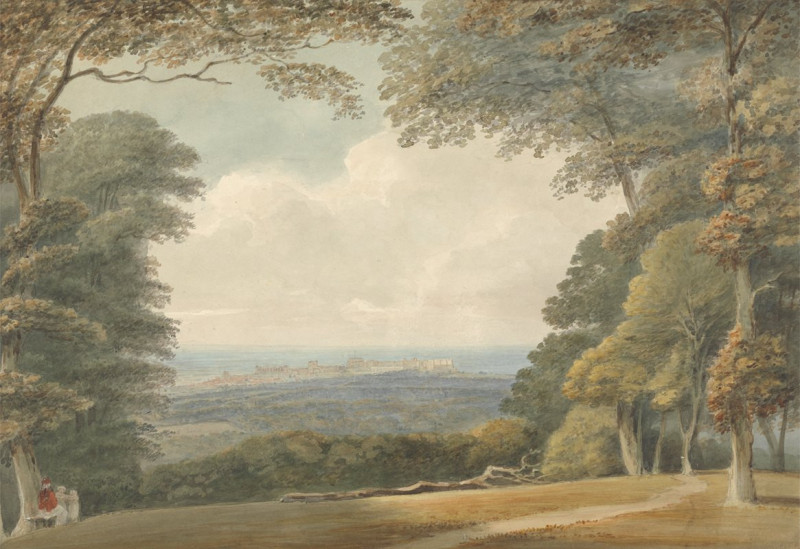Zwei Lustschlösschen (1918)
Technique: Giclée quality print
Recommended by our customers
More about this artwork
Paul Klee, a master of color and composition, invites viewers into a whimsical world with his 1918 painting "Zwei Lustschlösschen" (Two Pleasure Palaces). In this distinctive artwork, Klee beautifully merges abstract forms with elements of the visible world, creating an enchanting landscape that transcends traditional interpretations.The painting is composed with a mosaic-like technique, utilizing a rich palette of pastel hues that blend seamlessly into one another, constructing a dreamlike tapestry. The canvas is segmented into variegated patches, each offering a distinct color scheme that contributes to the overall patchwork effect. This texture and choice of color evoke a sense of joy and mystery, characteristic of Klee’s artistic approach.In "Zwei Lustschlösschen," viewers can discern what appear to be whimsical architectural forms resembling miniature palaces or fantasy structures. These are subtly integrated into the landscape, placed amidst abstract representations of trees and other natural forms. A solitary, red windmill-like structure stands out, drawing the eye and adding a playful focal point to the scene.Klee's work often explored the boundaries between the childlike and the profound, and this painting is no exception. It presents a world that is both simple in its cheerful, bright abstraction and deeply complex in its composition and detail. The painting encourages the viewer to pause and explore each element, imagining the interplay between reality and fantasy that Klee so skillfully portrays.
Delivery
Returns
Paul Klee was a Swiss-born German artist. His highly individual style was influenced by movements in art that included expressionism, cubism, and surrealism. Klee was a natural draftsman who experimented with and eventually deeply explored color theory, writing about it extensively; his lectures Writings on Form and Design Theory (Schriften zur Form und Gestaltungslehre), published in English as the Paul Klee Notebooks, are held to be as important for modern art as Leonardo da Vinci's A Treatise on Painting for the Renaissance.































